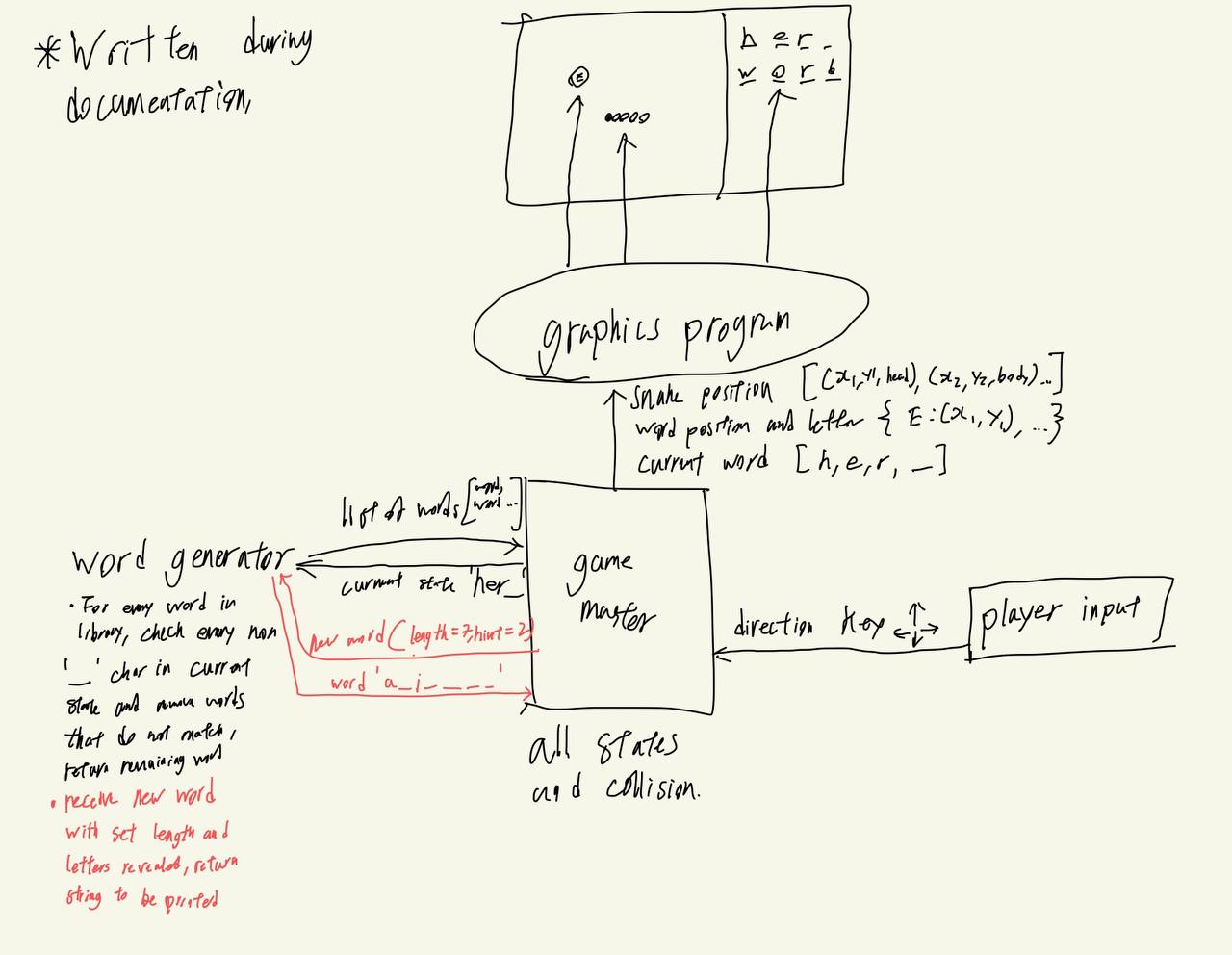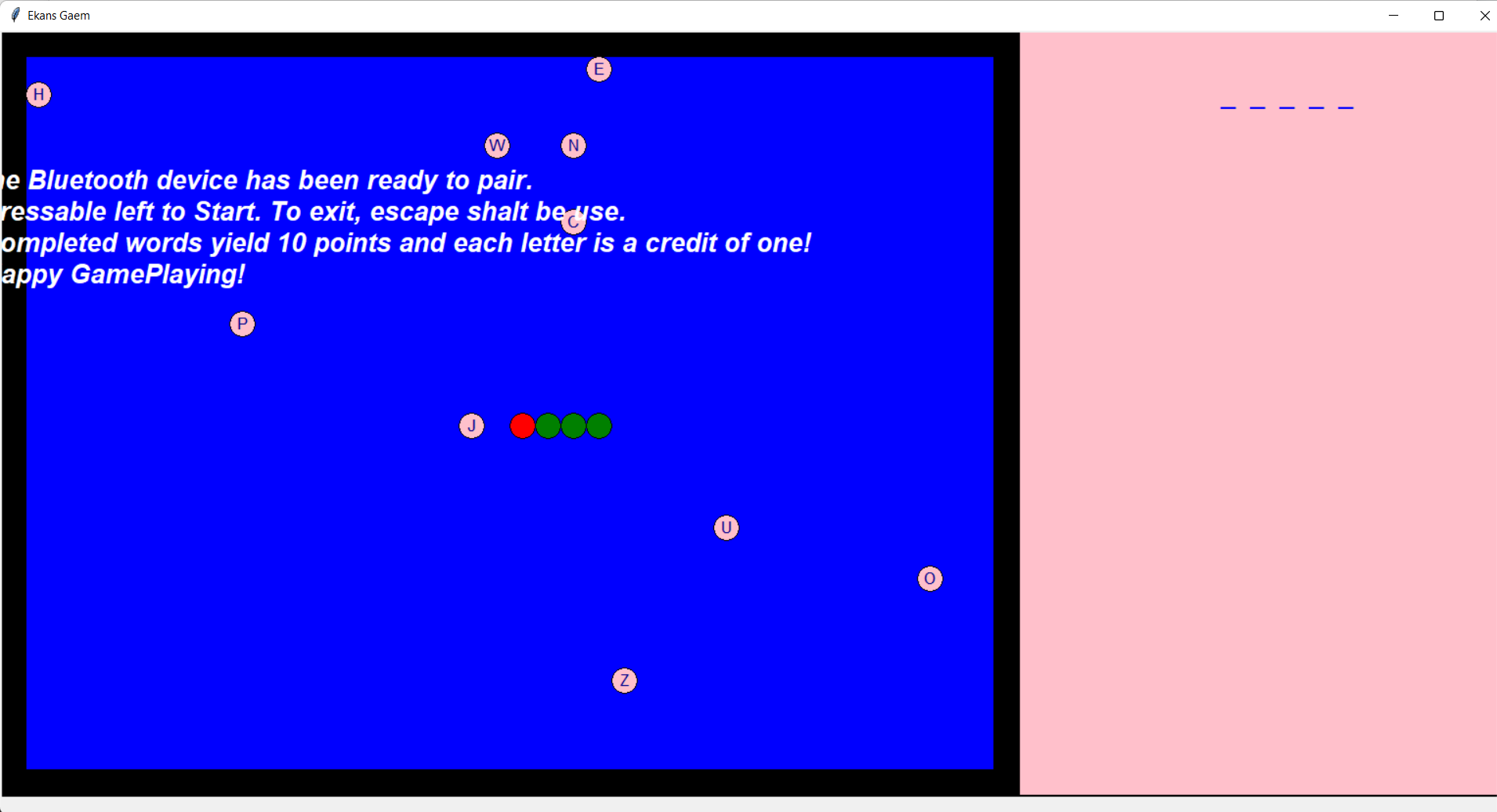So at this point, it has been about 5 months since I started learning coding and 2 months since I entered school. We've been thought about conditionals, loops arrays e.t.c.. However, a majority of learning was done through creating silly projects and playing around with extra libraries. This would be the first time that I would work with others to create a program and deal with the issues that coding in a team would entail.
In our final project for our python programming module, we were put into groups of 5 and tasked to develop an educational game using basic libraries. This meant we had to develop something which would be able to run the game logic while also creating the graphics without any external libraries.
In the main ideation phase, we had many ideas like creating card games like Potato Pirates in order to teach young children about math in an interesting and vibrant way. However we quickly realized how difficult it would be to create an engine that ccould allows us to do that from scratch in the time given and decided to settle for a simpler idea.

This resulted in us making Snek and letters, a game based on scrable and snake, in which the player controls a snake and collect orbs with letters in them to spell words. The goal was to teach children about forming words and spelling in an interesting way.


Wireframing for the project (created after the completion for documentation)
We then decided to allocate everyone a specific task to handle individually and I was tasked with learning how to use the turtle library and create the graphics interface portion of the code.
One thing we forgot to do however, was standardise the inputs and output of each function. This problem would come to haunt us in the end.
Initially, the plan was to create two separate files and use dual-threading(somehow) to connect the two programs, however we did not know how to do that. As a result we needed to segment the canvas into two portions: the blue portion, which would be the playfield, and the pink portion, which would be the area where we display words that the player has collected.
After segmenting the area, we figured how each circle is created as an object in tkinter and we could store these objects in a list and shift these objects and redraw the canvas.
We then make use of our matrix of storing locations to check for collision , both to determine whether the player has collided with letters or the walls and changee the game state from there.

Once we each finished the project we tried compelling each part together, however we ran into many issues at this point. Because we didn't declare the variables properly before hand, many of the functions were incompatible and mostly had to be rewritten
This error testing and recreation of many parts of the code resulted in us nearly missing the project deadline as we spend the 2 days before the deadline recreating many functions and piecing them together.
After much error handling, we finally finished compelling the project and made a video to showcase the project. Although we anguished over the time spent recreating and remaking the code, I do think that it made it much cleaner and more well organised and overall was a large success.
Watch the video below!
1.Do your wireframing
Especially for large group projects, if you are not able to clearly define the inputs and outputs of each function, many hours will be spent changing programs around to make them compatible. Perhaps it was inevitable as we just learnt coding for the first time and were working with libraries that we just picked up, however, I think it showed us the importance of wireframing and preplanning before embarking on put project.
2. Do UX testing first
One thing I noted about program after submitting it was that users would often spend a large amount of time simply running around, trying to figure out what words could be created, only to run around donce the word they were planning to form becomes impossible to form. We could have made it much more intuitive if we had shown a majority of the words and only left one or two letters available. ( We could have also filtered the word bank we use, but no one wanted to do that.)
This project really showed me new ways that everyone of my groupmates coded with and my ability to continue developing as a coder. I learned about creating many different classes which would inherit and use methods from each other and served to organise the projects. Oh also, do wireframing.